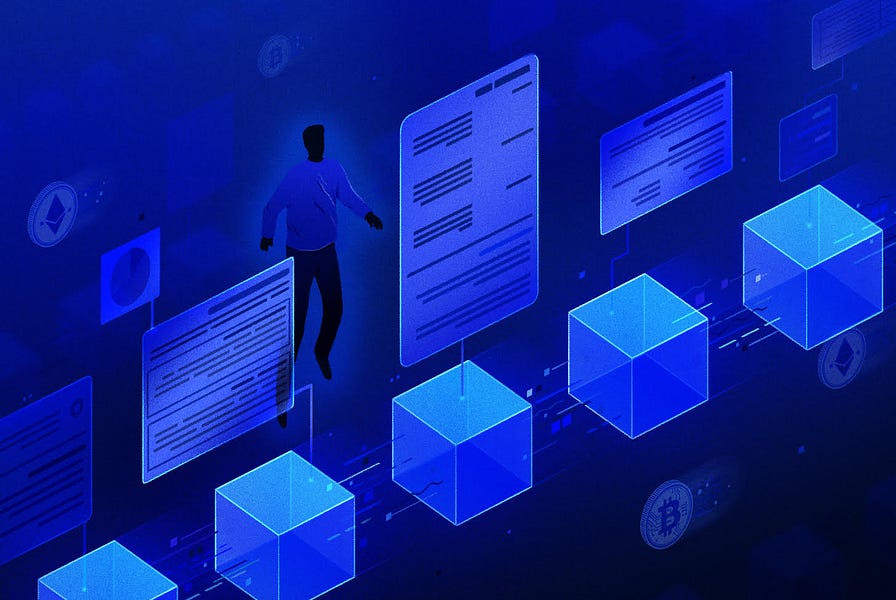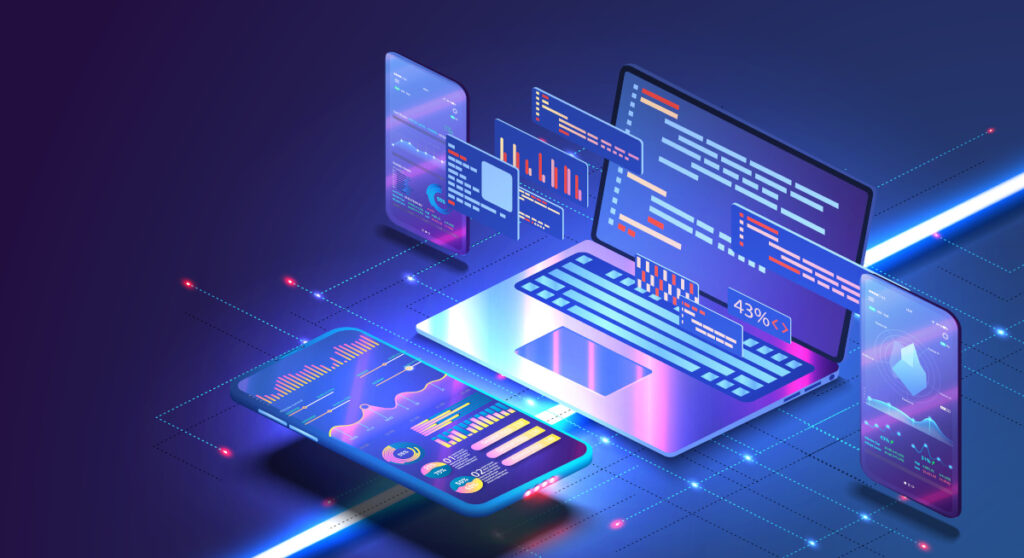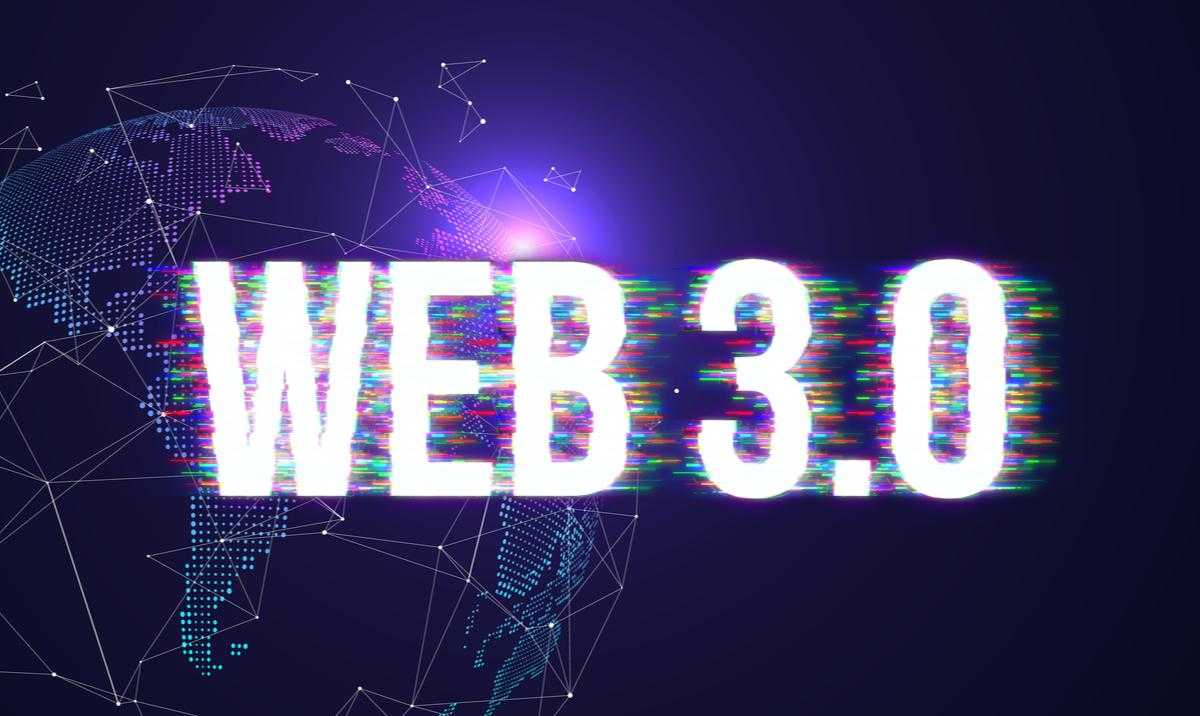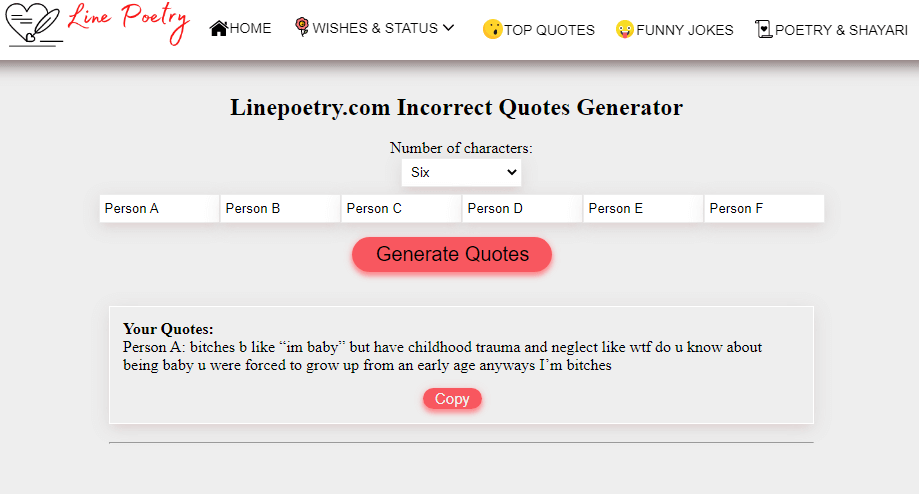The internet has come a long way since its inception. Today, we use it for everything from streaming movies and TV shows to shopping and socializing. But what if the internet could be even better for Web3 Projects? What if it could be more decentralized, more secure, and more efficient?
Web3 is a decentralized platform that has the potential to shape the future of the internet. It is still in its early stages and faces many challenges, including the high cost of entry for users and developers, the need for more user-friendly wallets, and the challenge of scaling. Despite the challenges, Web3 shows promise for the future of the internet.
Web3’s features and how they differ from Web2
Web3 is a decentralized platform that has the potential to shape the future of the internet. It is still in its early stages and faces many challenges, including the high cost of entry for users and developers, the need for more user-friendly wallets, and the challenge of scaling. Despite the challenges, Web3 shows promise for the future of the internet.
How does Web3 differ from its predecessor, Web2?
Web2 is a centralized platform while Web3 is decentralized. This means that on Web2, there are
a few key players who control everything and everyone else is at their mercy. With Web3, however, everyone is equal. There is no central authority because it is powered by blockchain technology. This makes it more secure and efficient.
Web2 also requires permission from those in charge before you can do anything while with Web3, you don’t need anyone’s permission. This makes it more accessible and user-friendly.
In addition, Web2 is trusting while Web3 is trustless. What this means is that on Web2, you have to trust that the central authority will not abuse its power or take advantage of you in some way. With Web3, however, you don’t have to worry about this because blockchain technology ensures that everything is transparent and everyone is accountable for their actions.

Finally, while Web2 is opaque, meaning that you don’t know what’s going on behind the scenes, Web3 is transparent. This means that you can see everything that’s happening on the platform and know exactly who is doing what.
Overall, Web3’s features make it a unique platform with great potential for shaping the future of the internet.
The problems that Web3 Projects aims to solve
Web3’s decentralized nature has the potential to solve many of the problems that plague the current internet. These include the high cost of entry for users and developers, the need for more user-friendly wallets, and the challenge of scaling.
The high cost of entry is one of the biggest problems facing Web3. In order to use the platform, users need to have a certain amount of cryptocurrency. This can be expensive, and it deters many people from using the platform. In addition, developers need to be familiar with blockchain technology in order to create applications for Web3. This lack of accessibility is a major barrier to adoption.
Another problem facing Web3 is the need for more user-friendly wallets. Cryptocurrency can be difficult to manage, and there are not many options for people who are not tech-savvy. This makes it hard for people to use Web3 without having a lot of prior knowledge.
Finally, Web3 faces the challenge of scaling. The platform is still in its early stages, and it has not been tested on a large scale. It is unclear whether or not the platform will be able to handle a large number of users and transactions. This is a major concern for businesses considering adopting Web3.
Despite these challenges, Web3 shows promise for the future of the internet. The platform has the potential to revolutionize how we interact with each other and with businesses online. With its decentralized nature, Web3 could make the internet more secure, efficient, and accessible for everyone.
How apps will change the internet
Dapps, or decentralized applications, are a new type of application that is built on a decentralized network. This allows for a direct link between users and developers, which makes data handling more secure and efficient. Additionally, apps give users more control over their data and privacy. The decentralized nature of apps also makes them more resistant to
censorship.
One of the most promising aspects of apps is their ability to provide a direct link between users and developers. With traditional apps, there is usually a middleman who handles the data. This can lead to security issues, as well as inefficiencies. Dapps cut out the middleman by allowing users and developers to interact directly with each other. This not only makes data handling more secure but also more efficient.
Another benefit of apps is that they give users more control over their data and privacy. With traditional apps, users have to trust that the company will not misuse their data. However, with apps, users can see exactly what is happening with their data and can choose to share it or not share it with the developers. This gives users much more control over their privacy and ensures that their data is only used in the way they want it to be used.
Finally, the decentralized nature of apps makes them more resistant to censorship. Because there is no central authority controlling the dapp, it is much harder for anyone to censor it. This makes dapps ideal for applications that might be censored in other environments, such as political or social media applications.
Overall, dapps have the potential to change the internet by providing a direct link between users and developers, making data handling more secure and efficient, and giving users more control over their data and privacy. Additionally, the decentralized nature of dapps will make them more resistant to censorship
Web3 has the potential to change how we interact with each other and the internet. It could make the internet more secure by providing a direct link between users and developers. Additionally, the decentralized nature of Web3 would make it more resistant to censorship. Finally, Web3 could enable the creation of new, innovative applications and services. The potential of Web3 is vast and has the potential to revolutionize how we use the internet.
The challenges Web3 faces
Web3 is still in its early stages and faces many challenges, including the high cost of entry for users and developers, the need for more user-friendly wallets, and the challenge of scaling. Despite the challenges, Web3 shows promise for the future of the internet.
One of the challenges that Web3 faces is the high cost of entry. In order to use Web3, users need to have a digital wallet that supports it. These wallets can be expensive, and not everyone can afford them. Additionally, developers need to be familiar with blockchain technology in order to create applications for Web3. This means that there is a barrier to entry for both users and developers.

Another challenge that Web3 faces is the need for more user-friendly wallets. Currently, most digital wallets are difficult to use and not very user-friendly. This can be off-putting for potential users who may not be familiar with cryptocurrencies or blockchain technology. Additionally, it can be challenging to find a wallet that supports all of the features of Web3.
The challenge of scaling is also a significant one facing Web3. In order to shape the future of the internet, Web3 needs to be able to handle a large number of transactions quickly and efficiently. However, currently, blockchain technology can only handle a limited number of transactions per second. This means that as demand for Web3 grows, it may become difficult for the platform to keep up with demand.
Finally, another challenge that Web3 faces is quantum computing. Quantum computers are much faster and more powerful than traditional computers. They could potentially break through the security measures that are in place on Web3. This would jeopardize the safety and security of the platform and could deter users from using it.
Overall, while Web3 faces some significant challenges, it has great potential to shape the future of the internet.
The conclusion of this article will discuss the potential of Web3 Projects to shape the future of the internet. While it is still in its early stages and faces many challenges, the promise it shows for the future of the internet is significant.
Web3 has the potential to change how we interact with each other and with businesses online. The decentralized nature of Web3 will make it more resistant to censorship and will enable the creation of new, innovative applications and services. Additionally, the direct link between users and developers that Web3 Projects provides will make data handling more secure and efficient.
While it is still early days for Web3, the promise it shows for the future of the internet is significant. As Web3 continues to develop, it has the potential to revolutionize how we interact with each other and with businesses online.
















